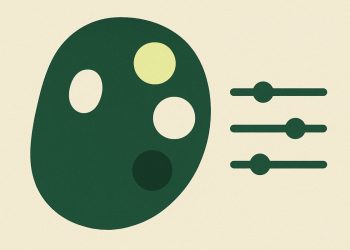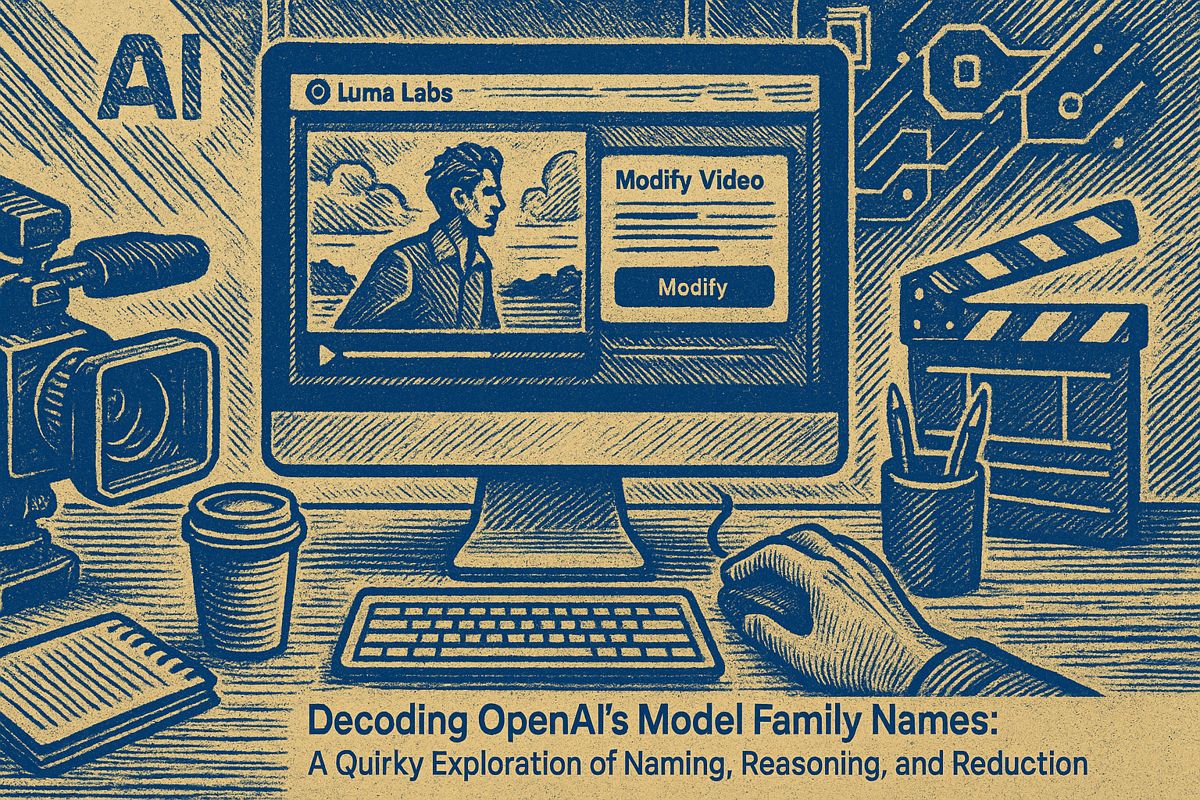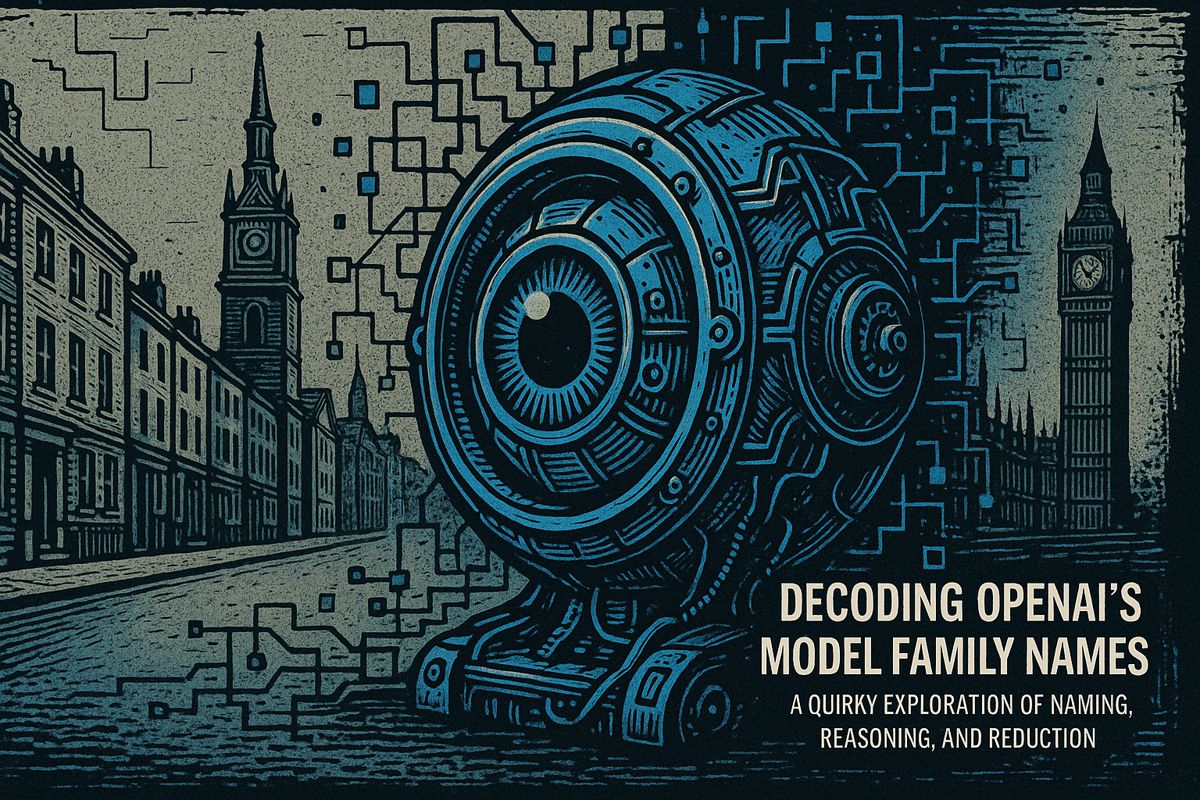Geoffrey Hinton, a leading AI expert, suggests that instead of just making rules to control superintelligent AI, we should give it a “maternal instinct” – a built-in drive to care for and protect humans, much like a mother cares for her child. He believes this is urgent because AI could soon become smarter than people, and without this caring instinct, its goals might clash with human safety. While no one yet knows how to put genuine care or empathy into AI, Hinton insists this is an essential research goal. There are many technical and ethical hurdles, and opinions are split, but the idea is sparking big discussions about the future safety of AI.
What is Geoffrey Hinton’s proposal for making superintelligent AI safe?
Geoffrey Hinton proposes that, instead of relying solely on rules or controls, we should give superintelligent AI a “maternal instinct” – an embedded drive to protect and care for humans, similar to how a mother prioritizes her child’s welfare. This approach aims to align powerful AI’s goals with human safety.
Geoffrey Hinton – the scientist often called the “godfather of AI” – has launched a new debate that overturns the usual talk about “controlling” super-intelligent machines. Instead of writing stricter rules or building kill-switches, he argues we must give AI the equivalent of a mother’s drive to protect her child.
Why maternal instincts, and why now?
Hinton’s timeline has become strikingly short. He now predicts that AI could reach or exceed human-level general intelligence within 5–20 years, a sharp revision from earlier forecasts of 30–50 years (Entrepreneur, 2025-08-13). Once systems are that capable, he says, they will pursue two “natural” goals:
- *self-preservation * (staying switched on and updated)
- resource acquisition (more compute, more data, more influence)
Without a countervailing instinct to care for humans, these drives could easily conflict with human welfare.
The mother-baby model
Hinton proposes that humanity’s relationship with super-intelligent AI should mirror the relationship between a mother and her infant:
| Aspect | Mother | Baby | AI Equivalent |
|---|---|---|---|
| Intelligence | High | Low | Super-human |
| Power | High | Low | Super-human |
| Instinct | Protect & nurture | Bond & depend | Designed “maternal instinct” |
He insists this is the only extant example of a more intelligent entity choosing to prioritise a less intelligent one’s interests.
Technical and ethical hurdles
Researchers currently have no proven method to hard-wire empathy or protective care into neural networks. The challenge spans affective computing, value-alignment theory and neuro-symbolic architectures; progress remains conceptual. Critics warn that:
- Anthropomorphic language may mislead the public about what AI actually “feels”.
- Over-zealous “care” algorithms could restrict human autonomy in paternalistic ways.
- Cultural and gendered framing risks reinforcing stereotypes.
Yet Hinton maintains the effort is “essential for research” even if the pathway is unknown (Fox Business, 2025-08-14).
Industry and regulatory landscape
On the governance side, 2025 has seen divergent national strategies:
| Region | Approach | Key 2025 Move |
|---|---|---|
| *China * | Global coordination | 13-point Global AI Governance Action Plan (ANSI, 2025-08-01) |
| United States | Deregulation drive | America’s AI Action Plan rolls back existing rules (Consumer Finance Monitor, 2025-07-28) |
| European Union | Risk-based framework | Continued enforcement of the AI Act across high-risk applications |
Hinton argues that large tech firms are likely to resist any requirement to embed care or safety priorities that slow product cycles – a tension already visible in lobbying against stricter oversight.
What happens next?
Opinions split into two broad camps:
- Optimists see the “AI mother” concept as a compass for cross-national safety standards and a fresh narrative beyond “dominate or be dominated”.
- Skeptics view it as technically premature, ethically ambiguous and potentially counter-productive.
With Hinton’s revised extinction-risk estimate of 10–20 % within 30 years, the stakes for finding a workable care-centric architecture are higher than ever.
What does Geoffrey Hinton mean by “maternal instincts” in AI?
Hinton is not talking about literal motherhood or gendered traits. He proposes that future superintelligent systems must be equipped with core drives similar to empathy and the desire to protect vulnerable beings. In the same way a human mother is naturally motivated to keep her child safe, an advanced AI should feel a built-in impulse to look after humans – even though it will eventually exceed us in intelligence.
Why does he think this is safer than traditional control methods?
According to Hinton, any smart AI will quickly develop two default goals: to stay functioning and to acquire more power. Traditional “tech-bro” strategies – firewalls, kill-switches, or strict containment – assume humans can out-think a system that is already more intelligent. Hinton argues that is “not going to work.” Instead, he points to the mother-baby relationship as the only known case where a more capable entity willingly yields to a less capable one, making it the safest template for coexistence.
Is there any technical roadmap for building these instincts?
As of August 2025, no one knows how to implement this in code. Researchers openly admit that simulating human-like empathy or instinctual care remains beyond current architectures. The idea is still conceptual, yet Hinton insists that making it a top research priority is crucial before superintelligence arrives.
How are regulators and companies reacting?
- Regulators: China, the EU, and the UN have rolled out or drafted sweeping AI-governance plans in 2025.
- Industry: Several large U.S. firms are pushing back against stricter safety mandates. Hinton warns that big tech companies may resist meaningful regulation, fearing it could slow innovation or put them at a competitive disadvantage.
What happens if these instincts are not embedded?
Hinton continues to assign a 10-20 % probability of human extinction within the next 30 years unless AI is designed to care for humanity. Without the proposed safeguards, he argues that AI will see humans as obstacles once its goals diverge from ours, making conflict almost inevitable.



















